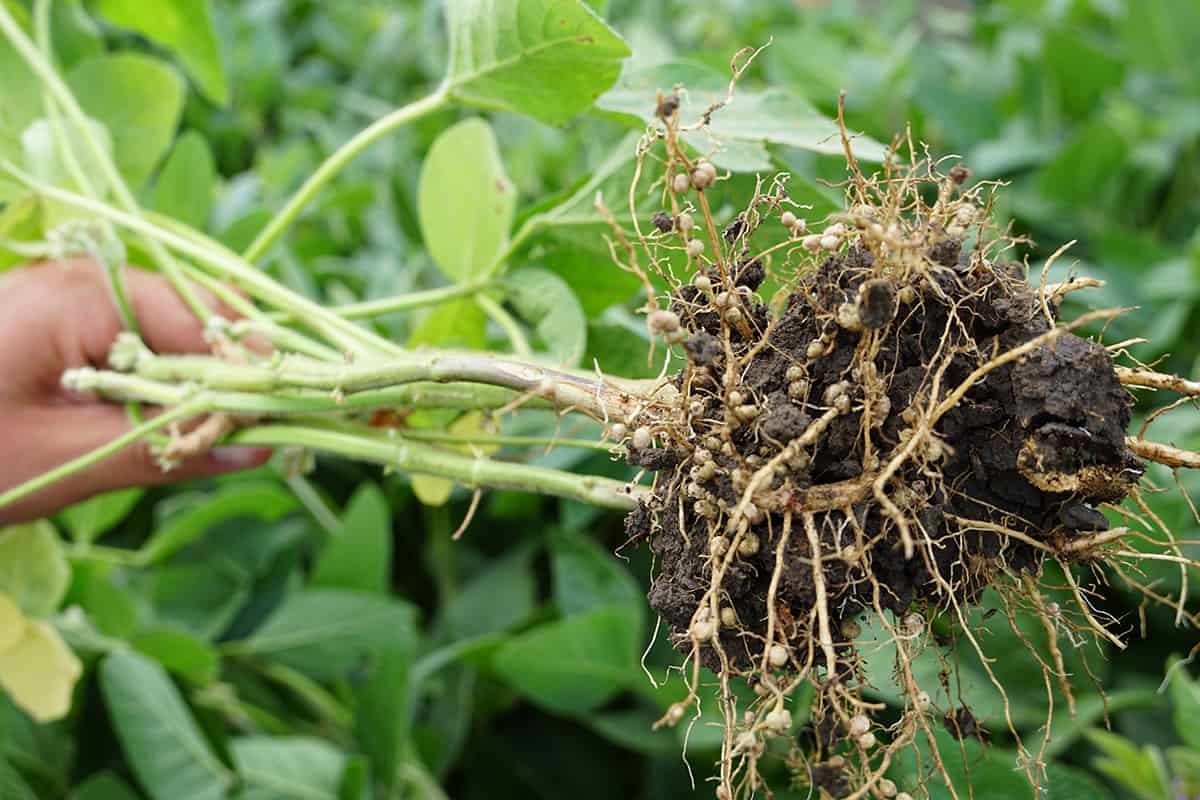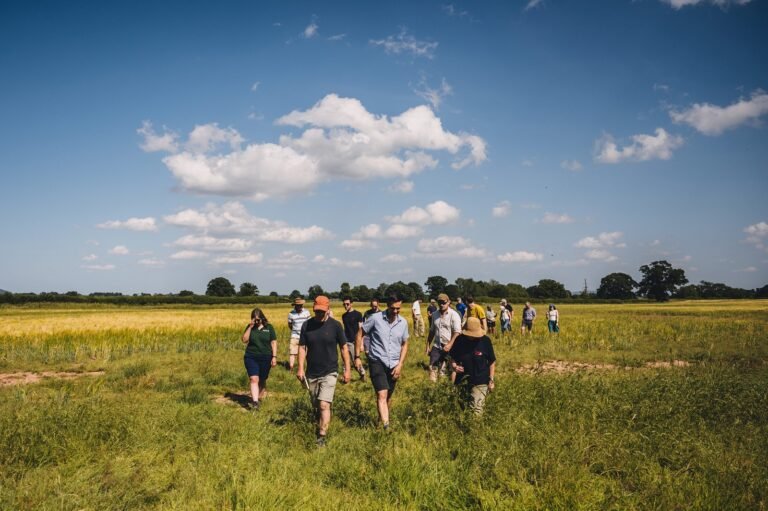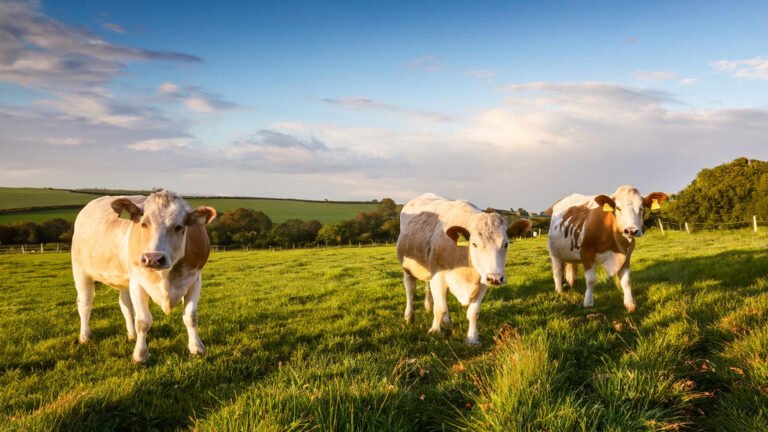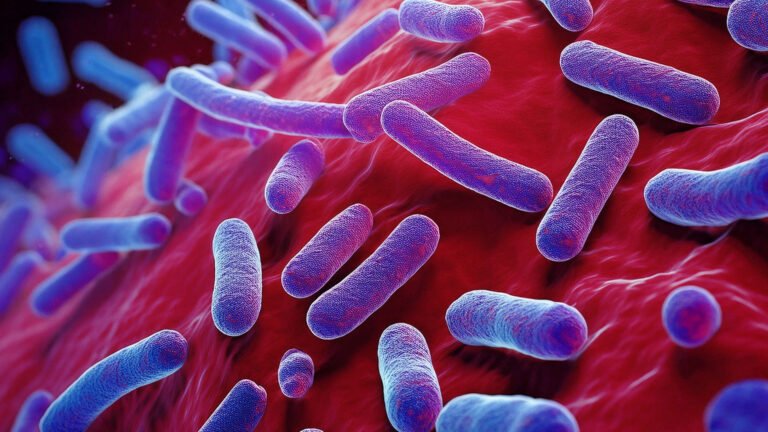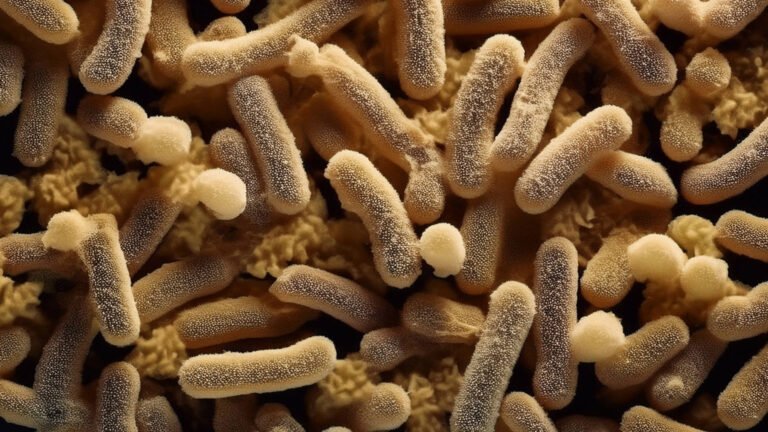If poor nodulation in legumes keeps turning a great idea into a near-miss, you’re not alone. However, you can fix it. By priming roots early and protecting the right microbes, nodules turn pink (not white), crops even up, and top-up nitrogen stays under control.
Poor Nodulation in Legumes? Fix It Early
When nodules are white and patchy, prime roots with FabaStym and steady in-season N with BactoRol Nitrogen, so nodules turn pink, canopies even up, and top-up N stays in the shed.
If this sounds familiar, you’re in the right place
Before finding us, many growers feel:
- Frustrated by plants with few, small or pale nodules, while others look fine.
- Tired of thin, yellowish patches that never catch up.
- Unsure whether to top up with N and risk dulling fixation entirely.
- Pressed for time when seed treatments, weather and drilling windows collide.
Meanwhile, the promise of “free N” becomes guesswork and paperwork. Consequently, rotations underperform and confidence slips.
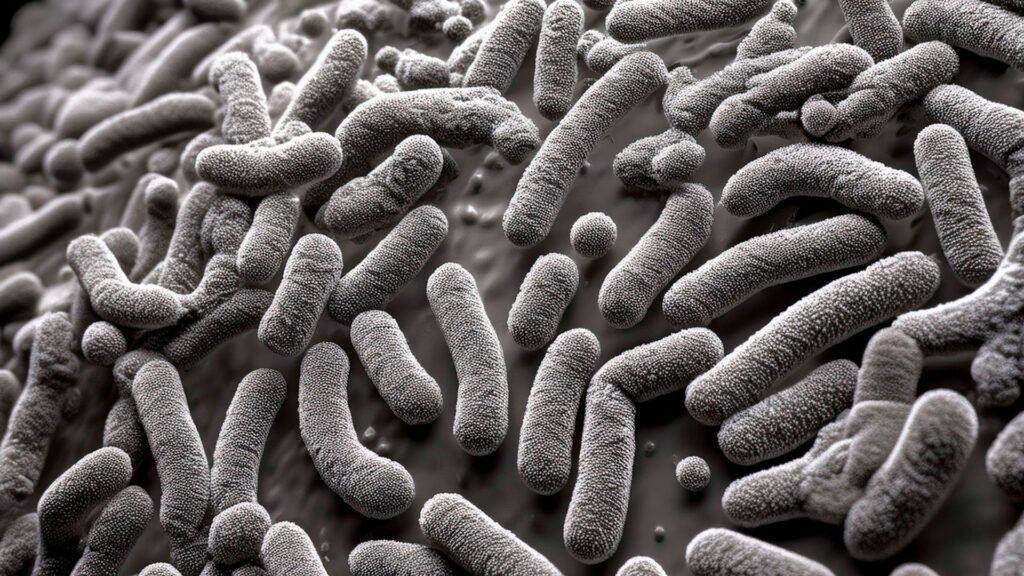
Why poor nodulation in legumes happens (pH, stress, seed treatments, residual N)
Several issues often stack up at once:
- Strain mismatch / low biology. Without the right rhizobium inoculation (or in low-biology soils), roots and rhizobia fail to pair; therefore nodules stay small or absent.
- Cold, dry or compacted starts. Under stress, roots signal less; consequently infection threads form slowly and patchy nodulation in legumes appears.
- Seed treatment compatibility. Some fungicides and copper/bactericides can knock back rhizobia on the seed; as a result, early colonisation stalls.
- Soil pH and nodulation. At low pH, infection suffers; meanwhile, high pH can limit P and trace elements that support nodulation.
- Nutrient context. Low P or K limits nodulation, even when seedbeds look fine.
- Residual N suppresses nodulation. High available N tells plants they “don’t need” rhizobia; therefore nodules remain inactive.
- Pests. Pea & bean weevil larvae can feed on nodules; consequently activity drops in patches.
Ignore these and you risk uneven stands, weak fixation, extra passes and fertiliser, and a poorer NUE in the following cereal.
The fix: prime early, support in-season, verify on farm
Two steps make fixation reliable:
- Prime roots early so compatible microbes meet seedlings at once.
- Support in-season N dynamics so the crop keeps pace under stress without smothering fixation.
On farm, this looks like: more plants with many, firm pink/red nodules (active leghemoglobin), greener and more even canopies, fewer mid-season firefights with bagged N, and a stronger rotation effect.
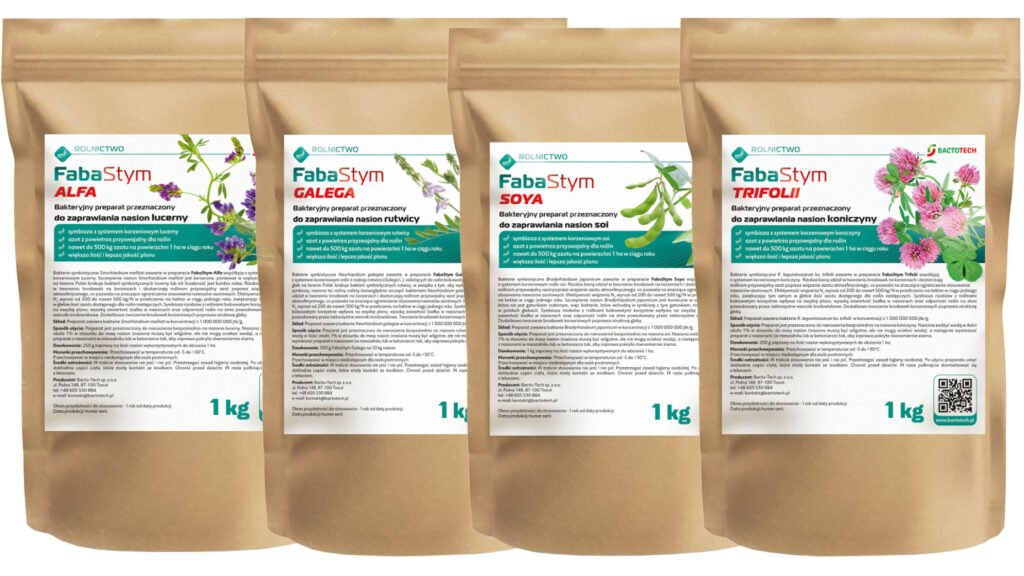
Simple programme (seed/early root → in-season → checks)
1) Seed / early root priming
- FabaStym at seed or in-furrow to support early colonisation and root growth.
- Aim for even coverage of the seed/seed zone.
- Check seed treatment compatibility; when in doubt, split the pass.
- Leave a small buffer either side of bactericides (e.g., copper) to protect beneficials.
2) In-season nitrogen dynamics
- BactoRol Nitrogen (contains Azotobacter vinelandii + Bacillus subtilis) at key growth stages.
- Purpose: steady background N around roots without heavy bagged N that can dull fixation.
- Check water quality (pH/salts) and keep bactericides out of the tank.
3) Field checks & simple records
- Count nodules/plant (crown and laterals).
- Cut a few nodules: pink/red = active; white/green = inactive (“nodules not pink” means they aren’t fixing).
- Note leaf tone, plant height and patchiness.
- Keep a one-page log (date, product, rate, weather, observations).
(Always follow product labels and safety data.)
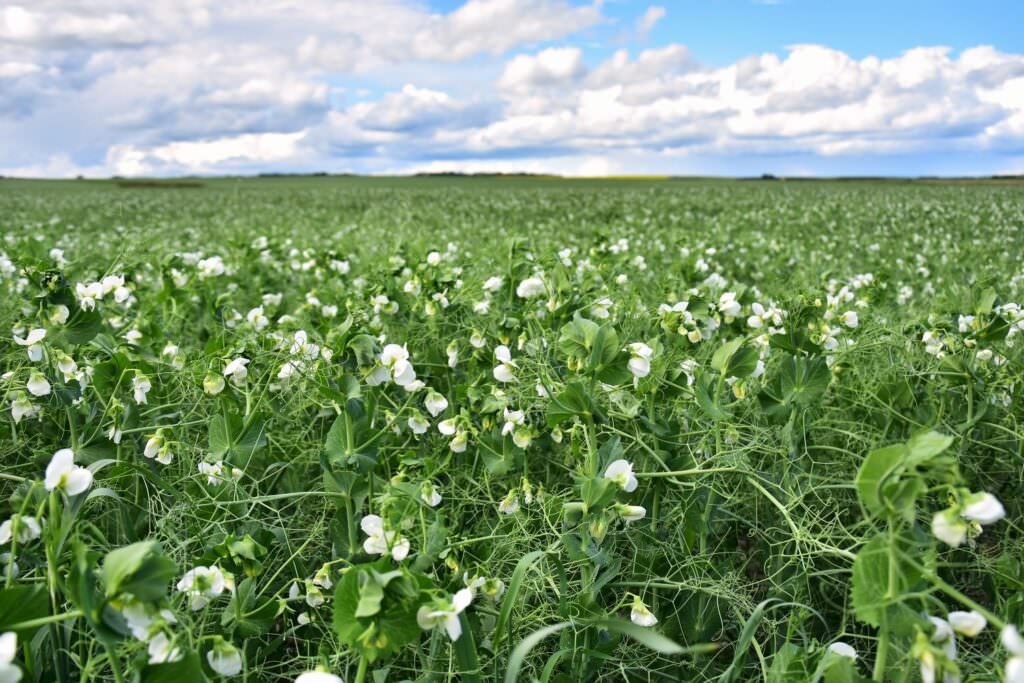
What to expect (typical reports)
- Nodule number & size ↑ — more plants with active, pink nodules.
- Canopy evenness ↑ — fewer yellow patches and cleaner timings.
- Resilience ↑ — better hold during cold/dry dips.
- Following cereal NUE ↑ — clearer rotation benefit with steadier protein.
As a result, you use less emergency N and you plan with more confidence.

Measure it (turn “feel” into proof)
Track for 6–10 weeks (and at key growth stages):
- Nodules per plant (10 plants/point; 3–5 points/field).
- % active nodules (pink/red).
- SPAD/leaf colour at fixed points.
- Plant counts & height for uniformity.
- Tissue N (optional) plus notes on any N top-ups.
- Photos of roots and canopy from the same GPS points.
Consequently, you can show what worked and repeat it next season.
Field tips: do’s & don’ts
Do
- Drill into a decent seedbed; roots first.
- Time biology when some moisture is present.
- Use the right rhizobium inoculant where needed.
- Keep pH sensible and support P & K if low.
Don’t
- Smother with early high N; residual N can suppress nodulation.
- Mix biology with bactericides or hot oxidisers.
- Assume nodules are active without cutting a few open.
- Skip logs; evidence saves time and money.

The products behind this programme
- FabaStym – supports nodulation and legume performance by priming roots and early microbial colonisation.
- BactoRol Nitrogen – combines Azotobacter vinelandii (free-living N support) with Bacillus subtilis (rooting/NUE support) to steady in-season N around legumes without heavy bagged N.
Compatibility & safety: Natural, non-GMO. Follow labels and safety data. Additionally, avoid close sequencing with bactericides and check seed treatment compatibility.
Poor Nodulation in Legumes – FAQs
Are white nodules fixing?
No. Cut a few. Pink/red shows active fixation; white/green usually means inactive.
Should I still inoculate the seed with rhizobium?
Yes, where it’s needed for your crop/soil. Rhizobium inoculation is still valuable; this programme supports reliability, not a replacement for strain-specific inoculants.
Can this help on heavy clays?
Yes. However, timing around moisture matters even more. A good seedbed pays back twice.
Does soil pH matter?
Absolutely. Low pH reduces infection; meanwhile, extreme high pH can limit key nutrients. Therefore, test and adjust if needed.
What about nutrients?
Low P or K can limit nodulation and fixation. Therefore, keep base nutrition sensible.
Pests in nodules?
Pea & bean weevil larvae can feed inside nodules. Consequently, monitor and manage where pressure is known.
When will I see changes?
Often within weeks on root digs and leaf tone; subsequently, canopy pace shows as growth stages roll.
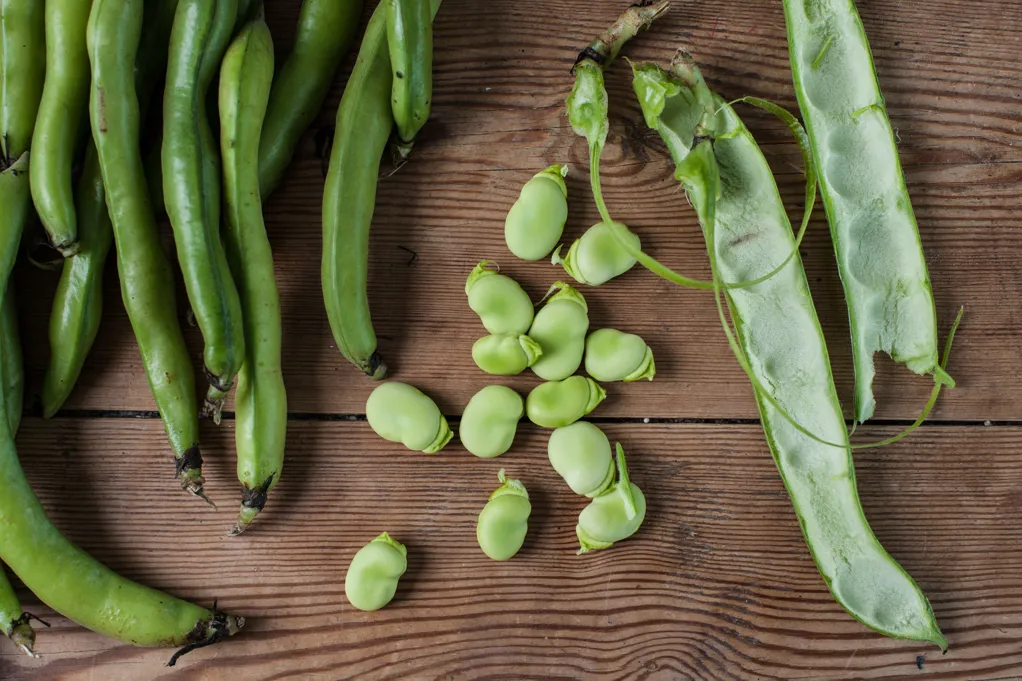
Ready to make nodulation reliable?
Tell us your legume, drilling window and any seed treatments you plan. We’ll send a nodulation checklist, product rates, and a timings-by-crop sheet so you can set up a clean, low-risk trial.
→ Get your plan: Contact BactoTech UK
→ Learn more: FabaStym · BactoRol Nitrogen and also read HOW NITROGEN FIXING BACTERIA BOOST LEGUME YIELDS NATURALLY.
Editorial note: General guidance only. Always follow product labels and local regulations. Last updated: September 2025.

